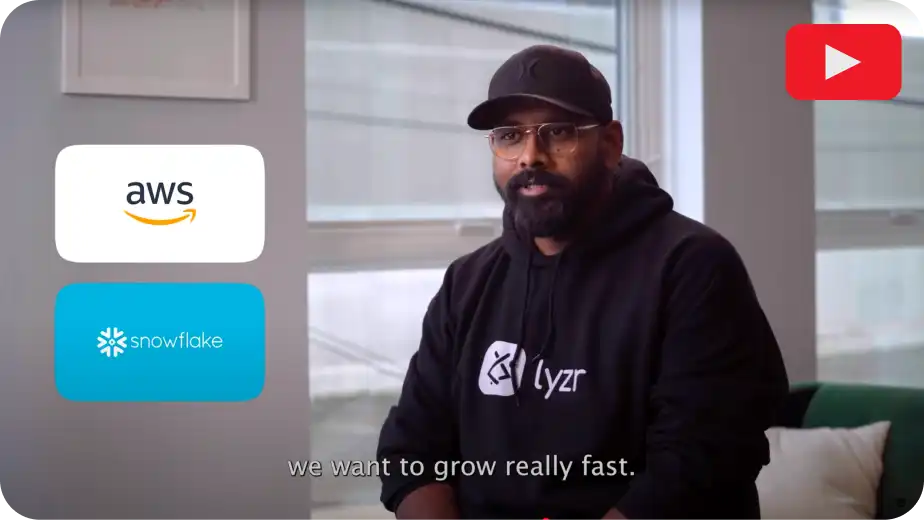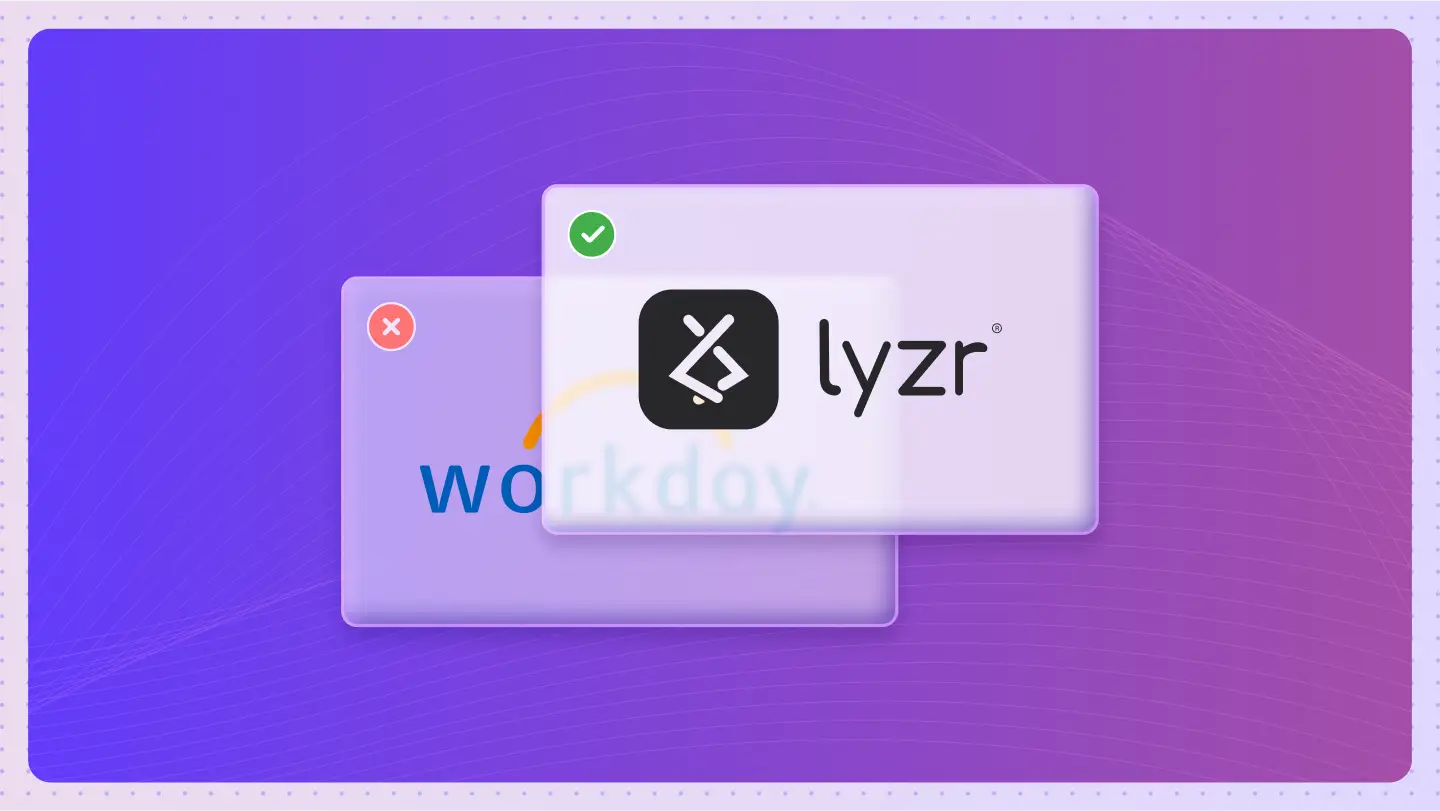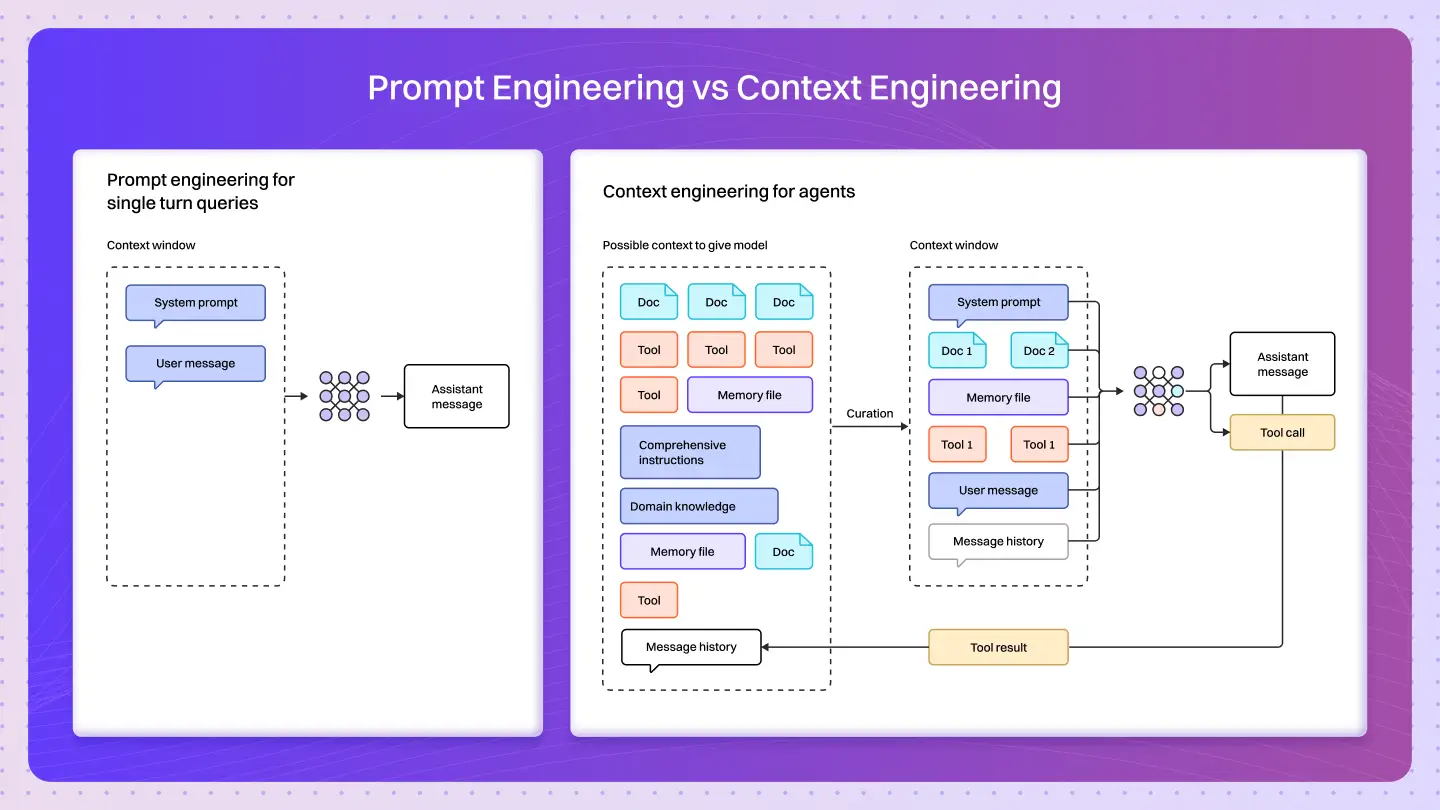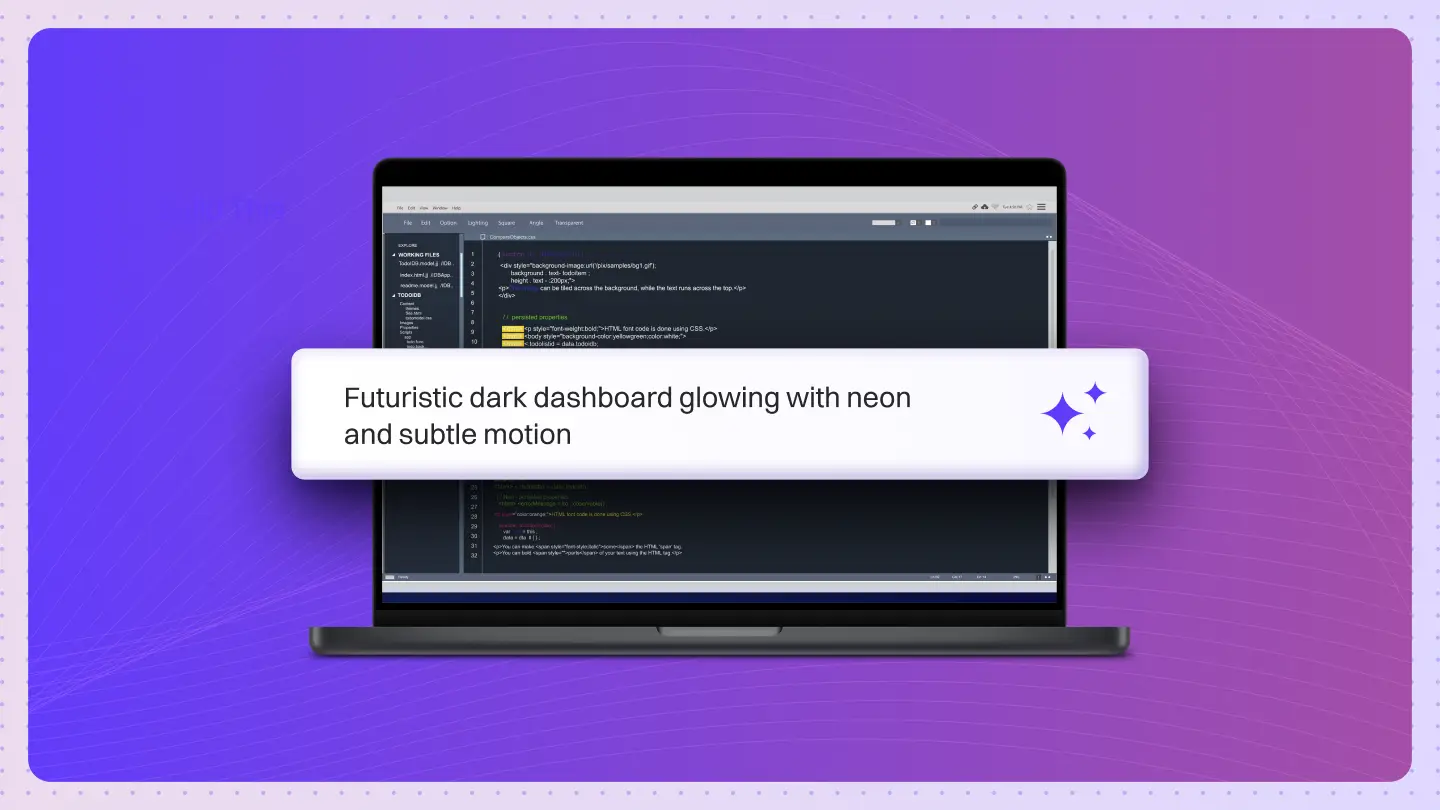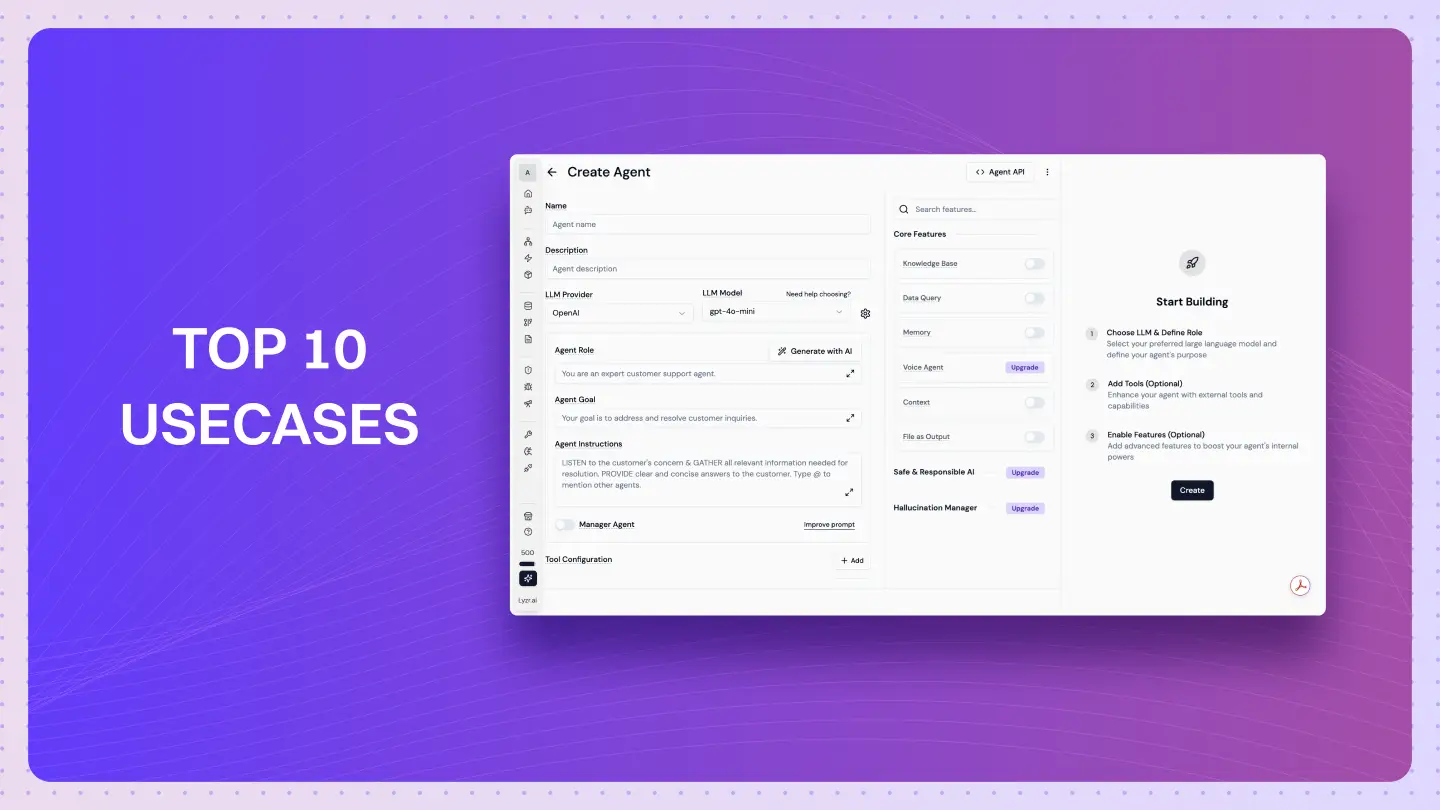Table of Contents
ToggleIt’s a question every business has wrestled with. For years, the answer depended on how many rules you could hardcode, how many workflows you could manually tweak, and how much human effort you could pour into making people feel seen.
It was personalization but it was exhausting.
Now, agentic personalization is rewriting the playbook.
With agentic AI, brands can create experiences that evolve with every new interaction not because someone sat behind a dashboard adjusting settings, but because the system learns, adapts, and acts on its own.
No more static journeys. No more endless rule trees. Just customer experiences that grow smarter, faster, and more human over time.
Defining Agentic Personalization
So, what exactly is agentic personalization?
Think of it as the next evolution of personalization where AI doesn’t just suggest things, it actually acts on behalf of your customer to make every interaction feel uniquely theirs.
At its core, it’s powered by what we call agentic AI intelligent systems that can think, decide, and optimize customer touchpoints on their own. No endless rule-building. No manual tweaking. Just AI that gets smarter with every click, every scroll, every conversation.
In simple terms, agentic personalization allows brands to deliver experiences that adapt and evolve in real time across every channel without adding more work to your team’s plate.
It’s personalization that moves from reactive to proactive.
And to really understand what that means (and why it’s such a game-changer), we need to unpack what agentic AI actually is, how it differs from traditional AI, and how businesses can start using it to reimagine their customer experience.
What is Agentic AI?
Okay, so here’s where things get interesting.
Agentic AI isn’t just another buzzword you throw into a pitch deck. It’s a whole new way of thinking about how AI behaves.
Traditional AI waits for you to tell it what to do “analyze this,” “recommend that,” “optimize this campaign.” It’s smart, sure, but it’s passive. It’s basically a really good assistant who never takes initiative.
Agentic AI, on the other hand, has agency meaning it can act. It doesn’t just predict; it decides. It doesn’t just assist; it executes.
Let’s say a customer lands on your website.
A traditional AI might show them recommended products based on past data.
An agentic AI? It reads intent. It knows they’re not browsing they’re comparing. So it shifts tone, surfaces comparison content, and maybe even triggers a contextual message offering help.
That’s not personalization by rules that’s personalization by reasoning.
And that’s what makes agentic AI so powerful: it closes the gap between what a user wants and what your brand delivers, in real time.
Agentic AI vs Traditional Personalization: The Core Difference
Here’s the thing we’ve been calling things “personalized” for years.But if we’re being honest, most of it was just well-segmented automation.
You’d define a few rules, set up some conditions “if user does X, show Y” and boom, you had “personalization.” But it wasn’t really personal, was it? It was predictable. Rigid. The same journey disguised as different ones.
Agentic AI flips that idea completely.
Traditional personalization reacts to what users did.Agentic personalization responds to what users intend to do next.
See the gap? One follows data. The other follows intent.
Traditional systems personalize within constraints based on your predefined rules and logic.
Agentic systems personalize beyond constraints learning continuously, making decisions on the fly, and optimizing outcomes in real time.
So instead of:
“You liked this product, here are three more like it.”
It becomes:
“You’re researching this here’s what you should know next, and here’s the best way to act on it.”
It’s the difference between a static map and a live GPS.
Traditional personalization gives directions.
Agentic personalization drives the car with you.
And that’s the shift from reactive algorithms to proactive intelligence, from personalization as a marketing tactic to personalization as a living, breathing experience.
Why Agentic Personalization is a Game-Changer for Businesses
Here’s where it all clicks.
For years, personalization was something businesses worked for.
You’d set up complex journeys, define endless audience segments, and constantly tweak campaigns just to keep things “personalized.”
But agentic personalization flips that now personalization works for you.
With agentic AI, every customer interaction becomes a data point that instantly loops back into the system. The AI doesn’t wait for quarterly reviews or manual optimizations. It learns, adapts, and acts — all in real time.
That means:
- Smarter campaigns that adjust themselves as customer behavior shifts.
- Sales funnels that evolve based on intent, not assumptions.
- Support experiences that anticipate needs before they’re even voiced.
Basically, you move from managing personalization to orchestrating intelligence.
And the result?
Customers stop feeling like data points in a CRM. They start feeling understood.
The impact is tangible higher engagement, faster conversions, deeper loyalty. But more than that, agentic personalization gives businesses something they’ve never truly had before:
a self-optimizing customer experience engine.
No extra dashboards. No complex rules. No “we’ll check the analytics later.”
It’s personalization that evolves quietly, constantly, and intelligently while your team focuses on the bigger picture.
The Benefits of Agentic Personalization
Agentic personalization doesn’t just change how brands engage with customers it redefines what personalization can actually achieve. It turns one-way marketing into a living, learning relationship. The result? A win-win for both businesses and the people they serve.
1. Enhanced Customer Experiences
Traditional customer experiences are often reactive they wait for the user to act first. Even with advanced automation, most personalization still depends on pre-set triggers and manually defined paths.
Agentic AI flips that model.
It can understand and solve problems independently, reimagining what customer relationship management even means. Instead of reacting to actions, agentic AI creates proactive journeys predicting what each customer might need next, tailoring touchpoints in real time, and ensuring every interaction feels intentional.
No more “generic welcome” messages or delayed responses. Every moment becomes relevant, timely, and deeply personal.
2. Deeper Personalization at Scale
Let’s be honest creating personalization at scale used to mean endless workflow mapping, rules, and if-then conditions. You’d hope it worked, but half the time it felt like guesswork.
Now, AI agents can autonomously analyze massive amounts of data and tailor the experience for every single customer without human micromanagement. The agent figures out what message to send, when to send it, and where it’ll have the most impact.
Every interaction informs the next, creating a feedback loop that makes personalization smarter over time. The bigger your audience, the sharper the personalization.
Scalability finally meets authenticity.
3. Real-Time Decision-Making
Here’s where the magic really happens.
Agentic AI operates in real time not “next-day insights” real time, but second-by-second adaptation.
It continuously processes live customer signals clicks, scrolls, dwell time, search queries, purchase patterns and adjusts its behavior instantly. That means your website, campaigns, and recommendations can evolve dynamically as customers interact.
Every touchpoint becomes fluid, context-aware, and personalized to the moment.
It’s like your brand is listening and responding in real time.
4. Increased Revenue and Retention
And of course, all of this ties back to growth.
When every experience feels personal, customers engage longer, buy more often, and stay loyal. But what’s even more powerful is that agentic AI doesn’t just observe these behaviors it acts on them.
It can identify opportunities for upselling, suggest the right next action, and optimize offers based on live intent. Every decision is made in the context of your business goals meaning personalization isn’t just delightful, it’s profitable.
Getting Started with Agentic Personalization
So here’s the thing agentic personalization isn’t some distant future concept. It’s already happening. And the brands that move first will own the next generation of customer experience.
The question isn’t if you’ll use agentic AI, but how soon.
That’s exactly where Lyzr comes in.
Lyzr makes building agentic systems simple giving you plug-and-play AI agents that can understand context, act autonomously, and personalize at scale. You don’t need to reinvent your stack or hire an entire AI team.
With Lyzr Studio, you can design, deploy, and orchestrate your own AI agents in minutes agents that learn from every customer interaction and evolve your user experience in real time.
Imagine a customer support agent that resolves issues before they escalate, or a marketing agent that adapts campaigns mid-flight based on live intent data.
That’s not personalization by chance that’s personalization by intelligence.
The best part?
You stay in control. Your brand’s tone, values, and goals remain the compass the agent just accelerates how fast and how deeply you can deliver on them.
The Bottom Line
Agentic personalization isn’t about replacing people it’s about amplifying them. It’s about using AI not to automate the human touch, but to extend it.
With platforms like Lyzr Studio, businesses can finally make personalization effortless, scalable, and alive transforming every customer interaction into a smart, evolving dialogue.It’s about having systems that already know.
Frequently Asked Questions (FAQ)
1. What exactly is agentic personalization?
Agentic personalization is when AI doesn’t just recommend it acts.
It adapts experiences in real time based on user intent, not just past behavior.
2.What role does context engineering play here?
Context engineering ensures the AI has the right roles, rules, memory, tone, and knowledge.
This allows the system to personalize accurately and intelligently, instead of guessing.
3.Does agentic AI make decisions without oversight?
No. You define brand voice, boundaries, goals, and customer journey guardrails.The AI acts autonomously, but within your rules like a smart teammate.
4.Can small or mid-sized businesses use agentic personalization?
Yes. Because the system learns interaction-by-interaction, it works even with smaller datasets.
You don’t need “big tech scale” to deliver meaningful personalization.
Book A Demo: Click Here
Join our Slack: Click Here
Link to our GitHub: Click Here




